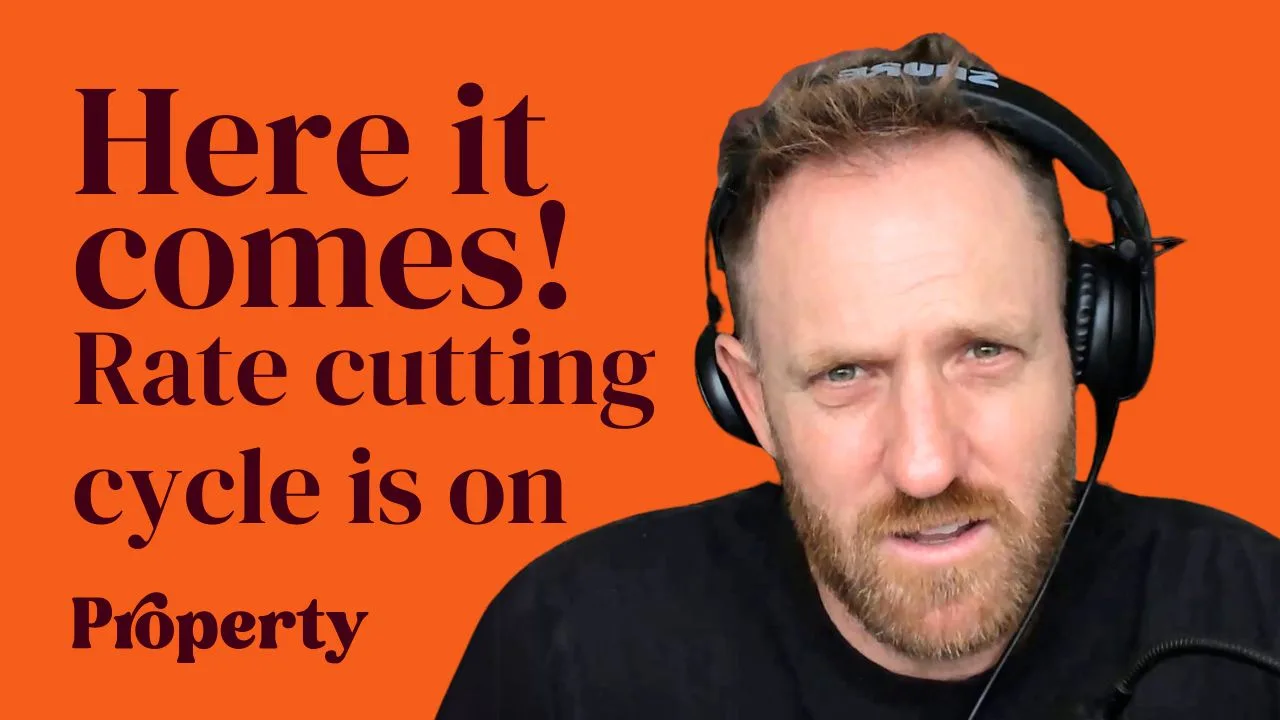The Harvey Norman Holdings Limited (ASX: HVN) share price has made a steady recovery since its March lows.
Like many other ASX retail shares, government stimulus, superannuation withdrawals and a nationwide lockdown have undoubtedly contributed to the quick recovery we’ve seen.
With this being said, I need to base my investment decision on the assumption that this stimulus won’t continue in the future.
HVN share price chart

Harvey Norman’s business model
Harvey Norman operates as a franchisor for department stores across Australia, New Zealand, Asia and Europe. It sells products across various categories including electrical goods, furniture, kitchen appliances and many more.
Although you’re most likely familiar with the brand, the group has a slightly unusual operating structure which might be unknown to most. Each department within a store (electrical, computer, bedding, etc.) is owned by a separate franchisee that contributes revenue to the group entity.
The company generates revenue through three key areas:
Franchising operations – Franchisees pay a fee to operate the store under the official brand names including Harvey Norman, Joyce Mayne and Domayne. Additionally, the group collects interest on loans made to franchisees and earns a percentage of the generated sales.
Retail business – The company owns stores under the Harvey Norman brand across Australia, New Zealand, Singapore, Malaysia, Slovenia, Croatia and Ireland.
Property – The company owns the freehold land that franchisees stores are built upon which attracts rental income.
Past performance
If you look back at the past financial performance of this company, you’ll notice that on a per-share basis, Harvey Norman has gone through some troubles trying to grow its earnings over time. Not surprisingly, the Harvey Norman share price has more or less gone sideways and hasn’t done much to reward investors with capital gains.
If you had invested $1,000 in Harvey Norman shares 10 years ago, you would’ve made just a 30% return on your original investment. Although keep in mind the company has consistently paid out dividends to its shareholders at around a 5% yield.
Based on Harvey Norman’s FY20 results, the company trades on a price-earnings ratio of 11.8 at the time of writing – significantly lower than the retail average of around 18. Although some investors use this multiple to determine if certain shares are over or undervalued, I generally use this metric to get a gauge of the general market sentiment towards a company.
In this case, the cheaper price tag indicates that the market is expecting low growth rates for Harvey Norman in the future. And based on the past earnings growth, the lower P/E seems justified to me.
Of course, if the market is wrong and the business outperforms, this could actually represent an undervalued opportunity. It just depends on how the business can grow that “E” part of the equation to hopefully re-rate its price tag.
The below graph shows the relationship between Harvey Norman and the broader S&P/ASX 200 (ASX: XJO) index. For the most part, Harvey Norman shares have underperformed compared to the market, so the cheaper price tag is justified to me.

Interest rate tailwind
One thing you’ve probably seen on a Harvey Norman advertisement is the “60 months interest-free” promotion that is used to promote spending on bigger ticket items that can be paid back over time.
This represents a large amount of time that the franchisee doesn’t receive full payment for the goods that it sells, so it needs to borrow money from the head entity to cover working capital requirements, such as buying new inventory.
This promotion has been going on for as long as I can remember, and the franchisees have been taking advantage of a one-way direction in interest rates over the last 15 years or so.
To me, it’s concerning that despite being able to reduce its borrowing costs year after year, it hasn’t translated into much substantial earnings growth.
Interest rates can’t get much lower, so by removing that tailwind of decreasing interest rates, I wonder how the business will try and grow its earnings further from here on in.
What’s next?
Australian retail is undoubtedly a crowded market to be in. Low barriers to entry have allowed new competitors to enter and compete for market share, putting further pressure on prices that already run on tight margins.
I do like the fact that Harvey Norman is continuing to expand overseas to reduce its heavy exposure to the Australian market. More than 12 new stores are being opened overseas in FY21 across Croatia, Ireland, New Zealand and Southeast Asia. These stores aren’t franchises, so any earnings go directly to the holding company after adjusting for foreign exchange.
Harvey Norman shares are a hold for me, as I would like to see a demonstrated track record of earnings growth after government stimulus has been removed.
For a retailer I’m more excited about, check out this article: Why Accent Group is my favourite ASX retail share right now







